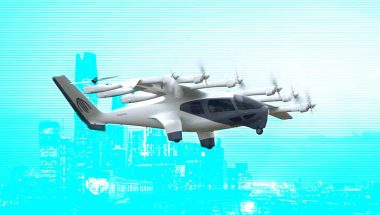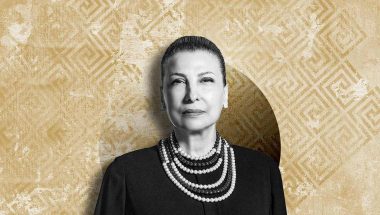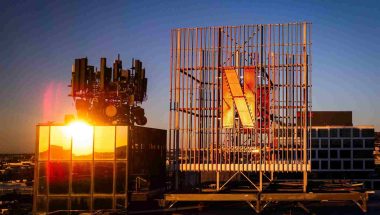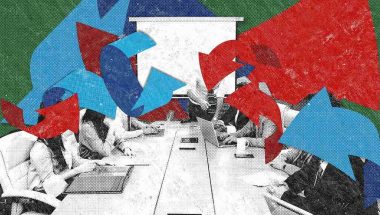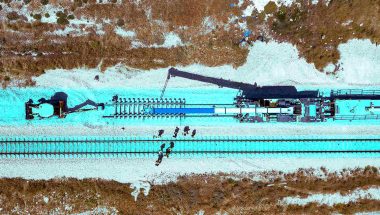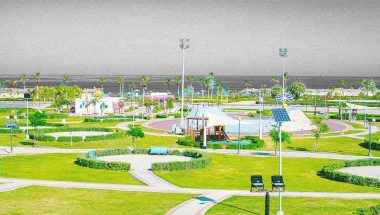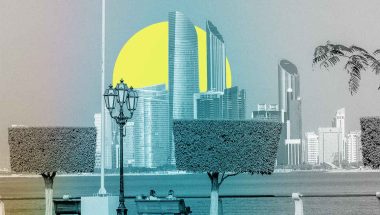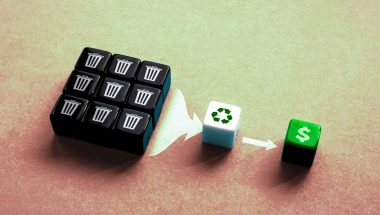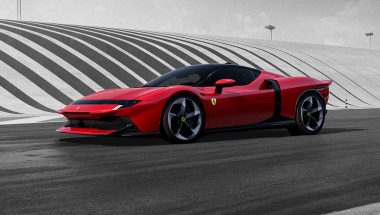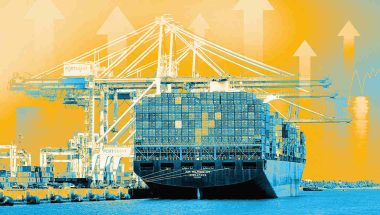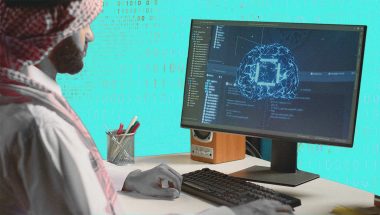- | 10:05 am
How does urbanism influence a city’s identity and culture? Artist Filippo Minelli shares his thoughts
Contemporary artist Filippo Minelli identifies a new approach in the Middle East where experimentation offers creative exploration
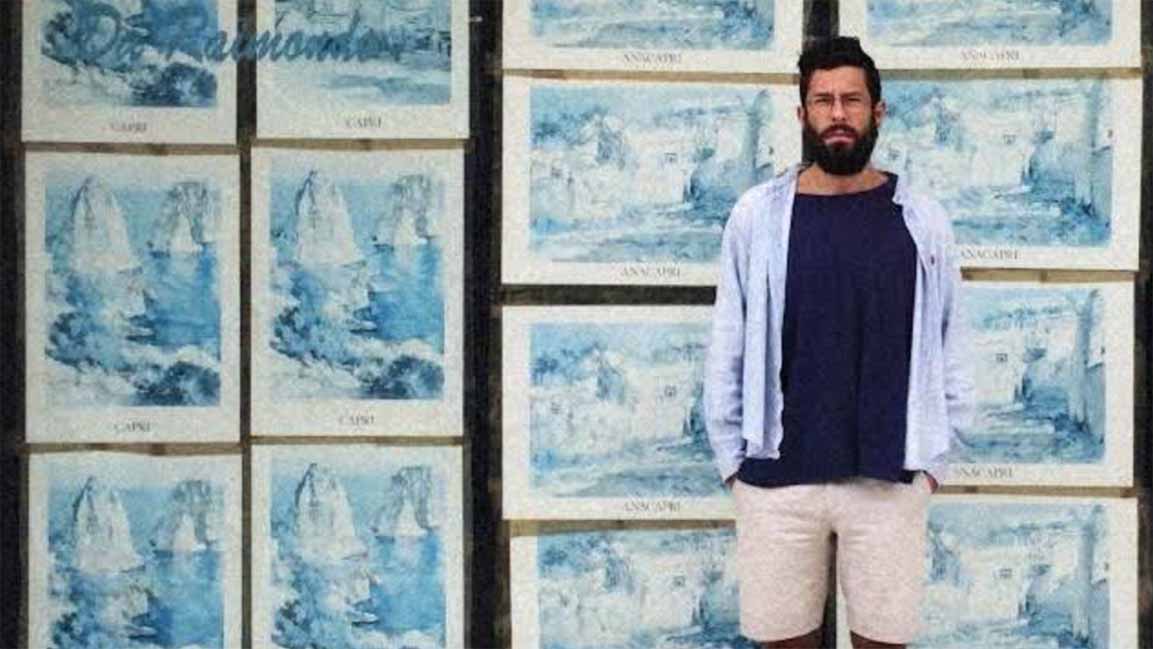
You can tell a lot about a place by its architecture. When you look at cities like Dubai, Doha, and Riyadh, the skyline looks almost AI-generated. The roads are spotless, windows squeaky clean, and malls polished. In many parts of cities like Dubai, you may witness glimpses of Los Angeles, Miami, or Singapore. The style is constantly evolving.
We may not realize it, but the city’s changing landscape impacts our understanding, perception, identity, and reality.
This is where the work of contemporary artist Filippo Minelli, represented by Inloco Initiative in the UAE, comes in, tackling urbanism, identity, and the transient nature of culture. The Inloco Initiative delves into public art, urbanism, and architecture, providing a platform for GCC region professionals to reflect on the Gulf cities’ identities and trace their evolution over the ages.
You’ve probably seen time-lapse videos of desert-to-city transformations in many cities in the Middle East, assuming there’s very little of the past reflected in buildings today.
To the naked eye, the past and present connection seems lost in architecture. However, a lot of the Bedouin culture of the past still lingers.
According to Minelli, Dubai has an identitarian trait that is more intangible than architecture. “The ability to build, create, construct, and change quickly is seen across the city. This ability to be incredibly welcoming is a strong part of the Bedouin culture, and it’s still very much embedded in the contemporary city and the contemporary way of living of the locals.”
For some people hailing from countries where a strong relationship with the past is prevalent in the landscape’s visual references, urban cityscapes of the Middle East can be disorienting, adds Minelli.
A big part of the local architecture can come across as ubiquitous.
Due to this amalgamation, the city embodies a sense of belonging for many.
“You feel that you are at home very quickly in Dubai because there’s a lot of stuff you cannot relate to. There’s not much from its history on display for people not native to the land to feel alien about,” adds Minelli.
A BRAVE NEW WORLD
He adds that it is fascinating and somewhat courageous, albeit not necessarily crucial, to witness an approach that embraces experimentation.
In many parts of Europe, the norm is to construct iconic, instantly recognizable monuments, establishing a clear and fixed identity.
“There’s something undeniably brave in the alternative strategy employed in places like Dubai. Rather than rigidly adhering to a predefined vision, there’s an openness to change and experimentation,” says Minelli.
The process seems less like a conscious decision and more of an ongoing exploration.
Contrasting with the European tradition of creating enduring symbols that define identity for centuries, this approach involves constant self-questioning. It challenges creating one unalterable symbol and promoting it as the epitome. In Western counterparts, the narrative often revolves around showcasing cultural marvels, claiming superiority based on possessing these unique symbols.
In contrast, the approach in Dubai involves a continuous reassessment of what works and what doesn’t, acknowledging that perspectives evolve.
“This perspective on identity as a cultural aspect is intriguing. It recognizes that when taken to extremes, identity can become an aberration—a self-serving story told to oneself and others in pursuit of a specific perception.”
A BLANK CANVAS
Minelli appreciates the connection to the past witnessed in several European artifacts.
While acknowledging the value of relating to one’s culture and maintaining identity, there is a concern about the fixation on preservation. This fixation on preserving art and culture making it almost untouchable, can hinder the ability to rethink, modify, or experiment which poses a challenge for artists who strive to create and explore new realms, not to erase the past or establish entirely new paradigms but by utilizing our surroundings for inspiration.
These limitations, be they conceptual rather than just physical, can be frustrating, says Minelli. The preservation mentality has permeated even theoretical aspects, restricting certain subjects and interpretations from being touched or reformulated.
However, there is enough freedom to embrace new perspectives in a place like Dubai. This is partly due to the broader international changes. “Fortunately, Dubai has welcomed diverse viewpoints, breaking away from the traditional European, Western, or American approaches to history and future perspectives,” he says.
“For an artist, this environment is truly unparalleled. It allows for a refreshing departure from the usual constraints, offering a space where unconventional perspectives can flourish, making it an ideal setting for creative exploration.”










